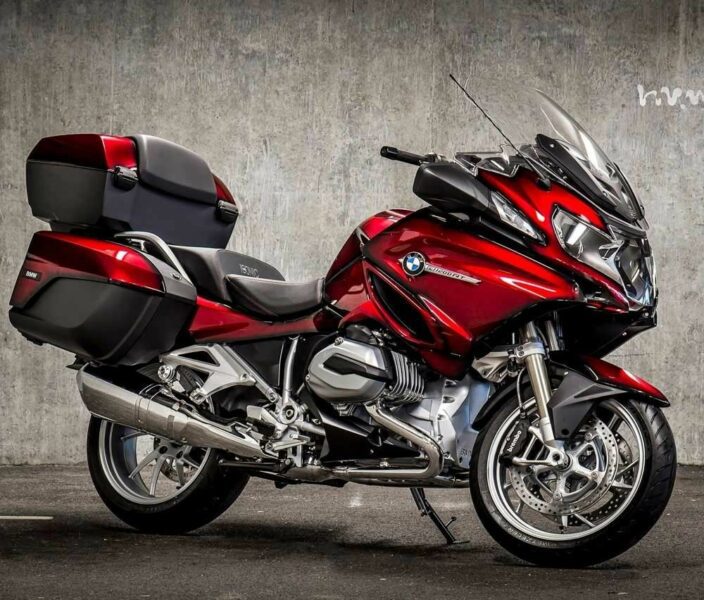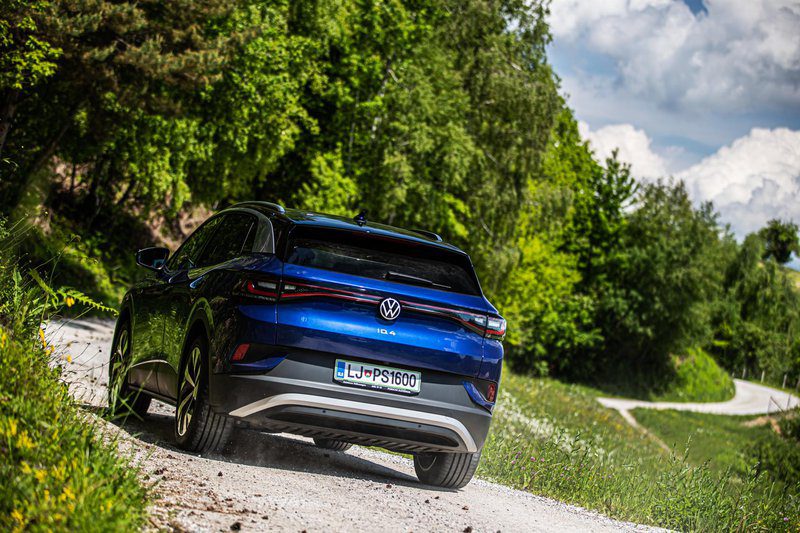
Test: Volkswagen Volkswagen ID.4 // Volkswagen ID.4 – Surprise? Almost…
Content
Of course, both models have a lot in common, but outwardly it really is not similar. In other words, it seems to me that the design language also follows some other shapes, orientations than the one that defines the appearance of the larger ID. Of course, Volkswagen made both cars on the Flexible and Modern Electric Models Platform (MEB), which means they certainly have common technical expertise.
This category mainly includes the battery with associated electronics, the drive motor on the rear axle and the chassis. Of course, the ID.4 is a longer car, almost 4,6 meters in size, and with its appearance, appearance and, ultimately, distance from the ground (17 centimeters), it says that they want to understand it as a crossover. If not for a modern interpretation of SUV models ...
Okay, okay, I understand - now you're going to say that the drive is only rear-wheel drive, one gear (well, actually just a downshift), and it's so difficult to classify it as an off-road vehicle. Yes, it will, but only in this case. But if I want to be precise, it must be said that all-wheel drive (with a second electric motor on the front axle, of course) might be more desirable in the form of a sportier GTX model (with a serious 220 kilowatts).
And I wouldn't be surprised if, over time, an even weaker brother to the GTX comes along, which also offers four-wheel drive with less power and sportiness and is more suitable for steep descents, towing a trailer, soft off-roading. road, slippery ground ... But that's another topic.

Of course, for everyone who knows the interior of the younger and older brother ID.3, the interior of this model will also be quickly close and immediately recognizable. With one big difference - the airiness and roominess is significantly more this time, it sits a little more (but not very firm if you don't want it, which is great), and the seats are just good, well thought out, very firm. and with strong side support. I was of the same opinion even after several days of hard driving.
But why they didn’t suggest adjusting or adjusting the lumbar support is a mystery to me (those of you with occasional back problems already know what I’m talking about), although, surprisingly, the shape is clearly obvious. Versatile enough to somehow manage without it (ErgoActive seats with all of the above are only reserved for better equipment).
Plenty of space (really plenty) on the center console and between the seats improves practical usability, to which they add their (adjustable) armrests. You know, there's no gear lever (at least not in the classic sense), it doesn't need it either - instead of a switch, there's a large toggle switch on top of the small screen in front of the driver like a satellite. Switching forward, going forward, switching backwards, going backwards… It sounds so simple. And so it is.

Spaciousness is one of the main trump cards
Let me stay a little further inside. Visibility is good, of course, but a very flat and far reaching windshield (necessary aerodynamics) and the resulting far reaching A-pillar means it has to be stronger and therefore wider and at a less favorable angle, which also means sometimes hide any (important) detail for the driver - for example, when a pedestrian enters the road and the driver does not see him from a certain angle. Of course, you need to get used to this and react accordingly; it is true that such situations are rare.
And, of course, the space here is equally graciously divided between the passengers in the backseat, who are constantly overlooked. Outside, it's not exactly a miracle of space (you know, 4,6 meters), but as soon as I sat down on the back bench, the spaciousness, especially the knee room (the seat remained tuned for my height of 180 centimeters)), I was very surprised. Well, the seat is long enough, comfortably set so that the rear passengers, if they are a little taller, don't bite their knees.
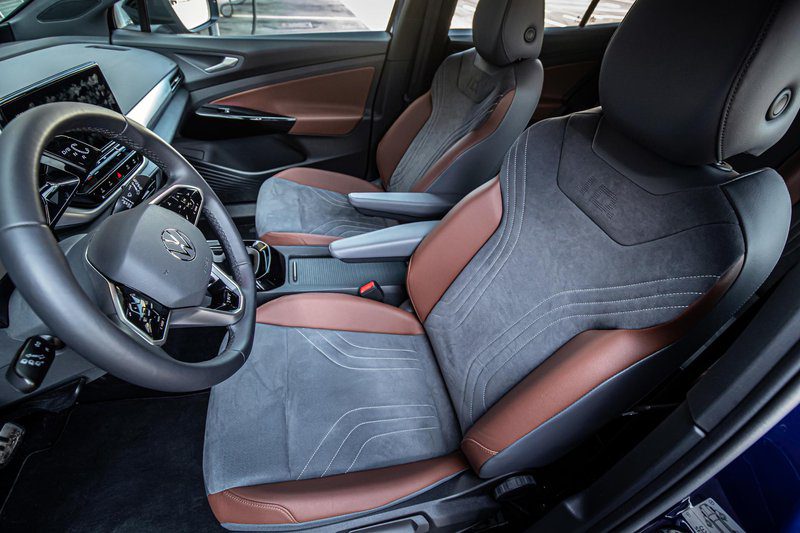
There are plenty of glass surfaces, the headroom is still decent ... In short, the rear is also quite pleasant living space, which certainly surpasses the Passat in area. It's a shame that VW door trims somehow forgot how positive that feeling of touching soft, tactile plastic or fabric can be. The struggle for every euro must be known somewhere ...
Fortunately, not for luggage liters and centimeters. There, despite the fact that a drive machine is installed at the bottom below (not to mention the spatially demanding multi-wire line), there is more than enough space. Especially considering the centimeter generosity on the back bench. The bottom is really a little higher, but that shouldn't bother me too much. And the plant promises 543 liters, which is much more than the average for the class. In comparison, the Tiguan offers 520 liters. Of course, this can be increased by (simple) folding or rather stowing the rear backrests, and there is also a useful drawer under the bottom for charging cables. It may sound overwhelming, but the new reality of e-mobility also requires other storage locations.
Acceleration stretches your mouth, reaches almost to
Forget for a moment everything you knew about rear-wheel drive motors. However, everything is a little different here. It's true that an electric motor with a maximum output of 150 kilowatts (204 horsepower) on paper still offers more power and even more amazing torque with 310 Newton meters (well, more than numbers, its instant delivery from the first few hours) ... the revs are always surprising), but overall the road is far from what you would expect from a rear-wheel drive car. Of course, there are a number of factors to consider.
The fact that this is an electric car (more precisely, an electric battery - BEV), which means that next to it is a damn heavy battery that brings a good half a ton to the scales! Pretty much, right? Well, no wonder the ID.4 weighs over 2,1 tons. I am, of course, talking about the most powerful battery at 77 kWh. Of course, the engineers perfectly distributed this mass, hid the battery at the bottom between the two axles and lowered the center of gravity. Most useful, however, is the very delicate grip control, which is really nimble and very responsive in taming the whole rush of torque.
And in the sports program, this ID of an unaccustomed driver can be almost stunned when he violently runs out of place in front of a traffic light, as if it were a quarter-mile acceleration race - in almost unbelievable silence and without the characteristic squeaking and grinding of tires on asphalt. Just a subtle whistle, a slight sitting of the rear axle, a back deep in the seat… and a bit of a sweaty arm… when the ID pushes out of place as if someone had fired it with an invisible rubber band.
Really impressive! Of course, this is far from the league to which, for example, the Taycan belongs, and the acceleration data to 100 kilometers per hour is not quite for the annals - but the intensity of acceleration in the first few tens of meters kept my mouth wide. open with a big smile.
Of course, this kind of fun means that the range is much more modest than the promised (ideal) 479 kilometers, but a few such short sharp accelerations does not seriously harm it. While I was driving around the city and the surrounding area using the Eco program (quite sufficient for everyday needs), I calculated that it would travel at least 450 kilometers. Well, of course, I didn't reach the end, but the consumption was about 19 kWh.
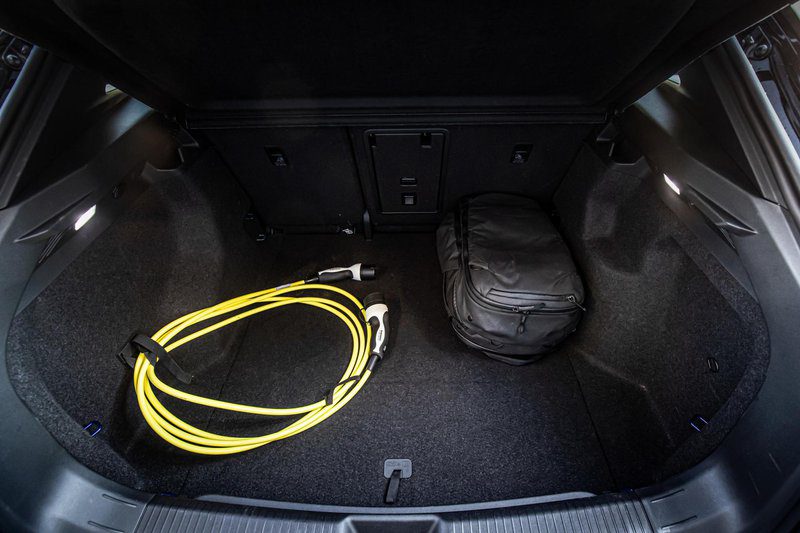
Of course, hitting the highway is a much more difficult task, and sometimes more stressful. In this case, everything falls apart a little, as always with a long-term heavy load, but, fortunately, not significantly. After several hundred kilometers at the same distance (Ljubljana-Maribor-Ljubljana), which is of course necessary, the average consumption has stabilized at 21 to 22 kWh per 100 kilometers, which, in my opinion, is an excellent result for such a machine. Of course, I need another explanation - the cruise control showed 125 kilometers per hour, where it was allowed, otherwise the allowed maximum speed. And I was alone in the car, and the temperature was almost perfect, between 18 and 22 degrees.
The charging capacities declared by the manufacturer are more than enough. Public charging stations for 11 or 22 kW work easily, but they do not give a serious effect (at least 11 kW) when stopped for an hour. However, with a fast (50 kW), more leisurely brewed coffee will last for about 100 kilometers, and, interestingly, the battery (at least in my experiments) allows charging at the same speed (almost 50 kW), more than 90 percent. pay. Friendly!
He finds himself between the bends
Oh yeah! Of course, with all that mass it has to haul around a corner, it is not and cannot be a nimble athlete, but because the engineers have compressed the entire mass of the battery to the smallest possible position when loading front and rear. the axles are perfect, they seem to have done (almost) as much as possible - with separate front and rear wheels. So in corners it's really enviably nimble even with moderate rear axle loads, where it feels like the torque always pushes the chassis and especially the tires to their limits, and sometimes a little higher.
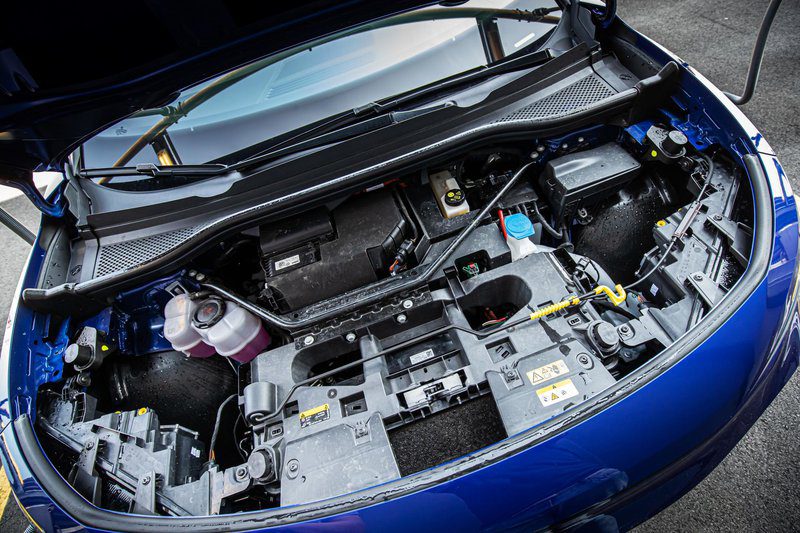
When the computer guardian angel interferes with what happens under the wheels, the grip is always optimal and the rear doesn't float on its own to the edge (with sweaty hands and a fast heart rate). Of course, the body always tilts a little, and luckily the rear-wheel drive always feels a little bit. Shock Absorber Control (DCC) will probably help here, but above all, sometimes the harsh response of the chassis to short bumps after slow city driving will be smoother and more relaxed (even this is only available with the best equipment at the moment).
The dynamic driving of the ID.4 therefore requires a good balance between moderate rear axle load and a gentle hand on the steering wheel. If the steering wheel is added too quickly with the accelerator pedal down, the front wheels can also lose ground, and if the steering wheel spins sharply and the pedal is recklessly pressed to the ground, the rear impact will push and control the clutch. more decisively. This is even more interesting on short corners, when the load momentarily pushes the rear down at the right moment and indicates the unloading of the inner wheel in front ...
On the flat parts, the torque overcomes all this mass well, then it exhausts all these tremendous forces on the descent, but for a smooth, well, even fast run, these devices are more than enough. However, it really took me a while to feel at home in the rather high ID.4, which, on the other hand, quickly shows its serious bulk. This is where the new GTX, which offers more power and all-wheel drive, quickly penetrates my subconscious. Hopefully then I can tell that this is the final identifier ...
Volkswagen Volkswagen ID.4
Basic data
| Sales: | Porsche Slovenia |
|---|---|
| Test model cost: | 49.089 € |
| Base model price with discounts: | 46.930 € |
| Test model price discount: | 49.089 € |
| Power: | 150kW (110 KM) |
| Acceleration (0-100 km / h): | 8,5 with |
| Maximum speed: | 160 km / h |
| Mixed flow ECE: | 16,2 kW / hl / 100 km |
| Guarantee: | General warranty 2 years without mileage limitation, extended warranty for high voltage batteries 8 years or 160.000 km. |
| Systematic review | np km / 24 |
Cost (up to 100.000 km or five years)
| Regular services, works, materials: | 480 XNUMX € |
|---|---|
| Fuel: | 2.741 XNUMX € |
| Tires (1) | 1.228 € |
| Loss of value (within 5 years): | 32.726 XNUMX € |
| Compulsory insurance: | 5.495 XNUMX € |
| CASCO INSURANCE (+ B, K), AO, AO + | 8.930 XNUMX ( |
| Calculate the cost of auto insurance | |
| Buy up | € 51.600 0,52 (km cost: XNUMX) €) |
Technical information
| engine: | electric motor - mounted transversely at the rear - maximum power 150 kW at np - maximum torque 310 Nm at np |
|---|---|
| Battery: | 77 kWh. |
| Energy transfer: | front wheel drive engine - 1 speed manual transmission - tires 255/45 R 20. |
| Capacity: | top speed 160 km / h - acceleration 0–100 km / h 8,5 s - power consumption (WLTP) 16,2 kWh / 100 km - electric range (WLTP) 479–522 km - battery charging time 11 kW: 7 : 30 h (100%); 125 kW: 38 min (80%). |
| Transportation and suspension: | crossover - 5 doors, 5 seats - self-supporting body - front single suspension, coil springs, triangular cross members, stabilizer - rear multi-link axle, coil springs, stabilizer - front disc brakes (forced cooling), rear disc brakes, ABS, rear wheel electric parking brake - rack and pinion steering, electric power steering, 3,25 turns between extreme points. |
| Mass: | Unladen 2.124 kg - Permissible total weight 2.730 kg - Permissible trailer weight with brake: 1.200 kg, without brake: np - Permissible roof load: 75 kg |
| External dimensions: | length 4.584 mm - width 1.852 mm, with mirrors 2.108 mm - height 1.631 mm - wheelbase 2.771 mm - front track 1.536 - rear 1.548 - ground clearance 10.2 m. |
| Inner dimensions: | longitudinal front 860-1.150 mm, rear 820-1.060 mm - front width 1.520 mm, rear 1.500 mm - head height front 970-1.090 mm, rear 980 mm - front seat length 510 mm, rear seat 465 mm - steering wheel ring diameter 370 mm |
| Box: | 543-1.575 l |
Our measurements
| T = 27 ° C / p = 1.063 mbar / rel. vl. = 55% / Tires: Bridgestone Turanza Eco 255 / 45-235 / 50 R 20 / Odometer status: 1.752 km | |
| Acceleration 0-100km: | 8,7s |
|---|---|
| 402m from the city: | 15,4 years ( 133 km / h) |
| Maximum speed: | 160km / h (D) |
| Electricity consumption according to the standard scheme: | 19,3 kWh / 100 km |
| Braking distance at 130 km / h: | 58,6m |
| Braking distance at 100 km / h: | 35,6m |
| AM table: | 40m |
| Noise at 90 km / h | 57dB |
| Noise at 130 km / h | 64dB |
Overall rating (420/600)
So far I have been able to test quite a few battery powered models, even enthusiastically and thoroughly. But only this one convinced me for the first time that with its versatility, spaciousness and capabilities, it really can be a car that can be used every day, which cannot be alien to family responsibilities, long trips, and transportation of a larger closet. , no ... No, not without flaws, but they no longer exist. Well, except that the prices.
Cab and trunk (94/110)
Bright space in terms of external centimeters - and in terms of its ICE relatives.
Comfort (98
/ 115)Decent seats, a logically quiet ride without vibration and a comfortable, linear acceleration without a transmission. First of all, calm and comfortable.
Transmission (67
/ 80)From an instantaneous torque, it (can) accelerate, especially in the first few tens of meters. Class champion at the start in front of a traffic light.
Driving performance (73
/ 100)By weight, it is surprisingly maneuverable and maneuverable in turns.
Security (101/115)
Everything you need and everything you want to have. Especially when the system can sovereignly keep the car in the middle of the lane.
Economy and environment (55
/ 80)The flow rate is really decently small in terms of size, and the range may even be close to the factory one.
Driving pleasure: 3/5
ID.4, at least in this embodiment, is not primarily intended to enhance the driving experience. But to say that he is a clumsy sloth would be unfair. With some feel, despite the underlined mass, it can be quite agile and fast – and above all, it can really be fun with sovereign accelerations from traffic light to traffic light.
We praise and reproach
form and, above all, space
powerful transmission and high torque
general well-being and ergonomics
coverage and predictability
(some) selected materials in the interior
accidental (too) hard chassis on destroyed asphalt
unpredictable touch switches on the steering wheel
feeling a little sterile on the steering wheel
